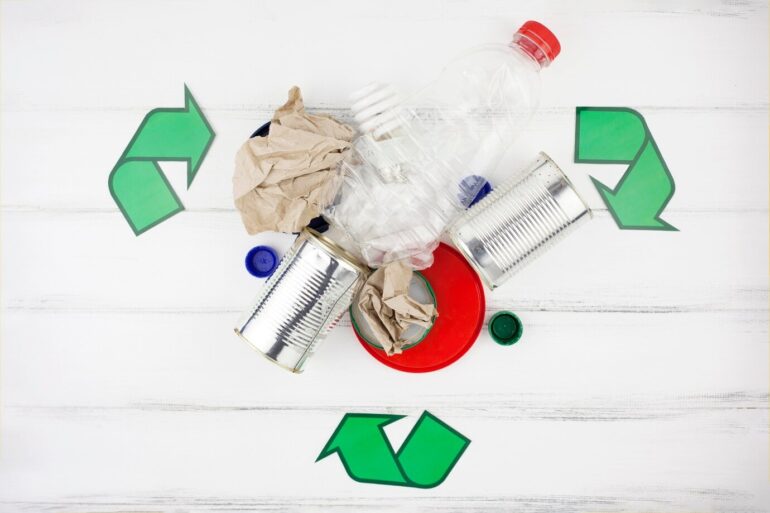Sustainability in packaging is no longer optional. Companies, brands, and even governments seek new methods to reduce environmental impact. One important component in this shift is the use of nitrogen generators. They play a crucial part in creating more eco-friendly solutions by improving both product longevity and reducing waste.
Nitrogen generator packaging solutions, like those provided by Berg Gasetech, allow brands to make strides in sustainability. Companies using this type of technology can prevent oxygen from entering packages, which can lead to product degradation. This increases the shelf life of many consumer goods, from food to sensitive electronics.
Instead of relying on other forms of gas production that harm the environment, nitrogen systems can operate in a cleaner and more efficient way. They make sure that companies can adopt a greener stance without sacrificing product quality.
Key Points:
- Nitrogen systems extend product shelf life.
- Packaging sustainability relies heavily on nitrogen’s protective role.
- Nitrogen helps to reduce the energy consumption of packaging processes.
- Companies save money and resources with these generators.
- The role of gas in modern packaging solutions is often underestimated.
Reducing Spoilage and Waste

Food, in particular, faces challenges in remaining fresh before reaching consumers. Nitrogen generators allow manufacturers to seal packages with an inert gas that keeps food safe from harmful environmental effects. By removing the risk of oxygen contamination, products are preserved, and freshness is extended.
Electronics and sensitive components also benefit from nitrogen. The gas ensures that sensitive parts remain protected and function as intended when they reach the end user. When packaging contains the right gas, it prevents oxidation and damage that could compromise the product’s quality.
Less spoilage means fewer products end up in the trash.
Reducing Energy Consumption
In the push for sustainability, the packaging industry has focused on energy efficiency. Nitrogen generators help companies cut back on energy usage. Producing nitrogen on-site eliminates the need to transport gas, reducing the carbon footprint associated with delivery.
Most nitrogen systems are designed with efficiency in mind, making them a key tool for energy-conscious businesses. By switching to nitrogen-based systems, companies not only reduce environmental impact but also lower costs. Since energy usage can be a large factor in the overall sustainability equation, companies that adopt nitrogen generation technology can gain a competitive advantage.
Food Packaging and Safety
Consumers want assurance that the food they purchase has been preserved in optimal conditions. Nitrogen packaging keeps products fresh and safe for extended periods, which gives consumers the confidence that they are getting high-quality goods.
Using nitrogen to replace oxygen creates a more controlled environment. Oxygen promotes the growth of bacteria and mold. Nitrogen prevents this, ensuring that food remains fresh. As a result, packaging has become a critical factor in reducing food waste and maintaining safety standards.
For businesses, the ability to extend shelf life without relying on harmful chemicals means safer products and fewer returns or spoiled goods. This not only leads to higher customer satisfaction but also reduces the economic losses associated with waste.
Protecting Sensitive Components
Many high-tech industries rely on nitrogen to protect their products. Electronics, in particular, need an oxygen-free environment to prevent corrosion. Packaging systems that use nitrogen help keep sensitive components in top condition throughout their journey to consumers.
Nitrogen eliminates the risk of exposure to oxygen, which can damage or impair the performance of sensitive products. This makes nitrogen essential for ensuring the quality and reliability of goods in sectors like technology, pharmaceuticals, and aerospace.
As businesses push for more sustainable practices, using these generators is a natural step in creating eco-friendly packaging solutions. By relying on inert gases, companies can improve their environmental footprint and protect their goods.
Cost Savings and Efficiency

Cost savings play a critical role in adopting new packaging technologies. Nitrogen generators allow businesses to create an on-demand supply of gas, which cuts costs related to transportation and storage.
Nitrogen generation systems are efficient and require less maintenance than other gas delivery options. As a result, businesses that adopt these systems benefit from both operational cost savings and enhanced productivity.
Packaging facilities can work faster and more efficiently by eliminating the need for external gas supplies. This makes it easier for companies to meet production deadlines without sacrificing quality.
Long-Term Benefits of Nitrogen Generators
Sustainability goals will continue to drive innovation in packaging technology. Industries can stay competitive by reducing waste, cutting energy consumption, and improving product quality. The long-term benefits of these generators extend beyond just the environmental aspect.
Businesses can reduce their dependency on traditional methods of gas production and distribution. This leads to a more sustainable supply chain, fewer carbon emissions, and improved operational efficiency.
For businesses focused on environmental stewardship, nitrogen technology represents an investment in the future. Companies that prioritize sustainability will find that N generation systems offer both short-term and long-term advantages.
Moving Towards a Greener Future
Companies are under pressure to adopt more sustainable methods, and nitrogen generators provide an excellent solution. Packaging remains an essential part of the product life cycle, and nitrogen helps ensure that it does not contribute to environmental harm.
Sustainable packaging solutions are gaining traction worldwide. Governments and consumers alike expect companies to adopt greener practices. Nitrogen systems allow businesses to reduce spoilage, cut down on waste, and use fewer resources.
Nitrogen’s role in packaging technology will only grow as industries strive to become more sustainable.
Conclusion
Nitrogen generators are playing a pivotal role in the shift towards sustainable packaging. Their ability to eliminate oxygen contamination extends the shelf life of products, significantly reducing the likelihood of spoilage and waste. This, in turn, leads to less product loss and fewer materials being discarded, contributing to both environmental and economic benefits.
The energy efficiency in this case offers a dual advantage. Not only do they cut operational costs for manufacturers, but they also align with broader sustainability targets by minimizing energy consumption. This allows businesses to meet rising demands for greener practices without compromising financial efficiency.
